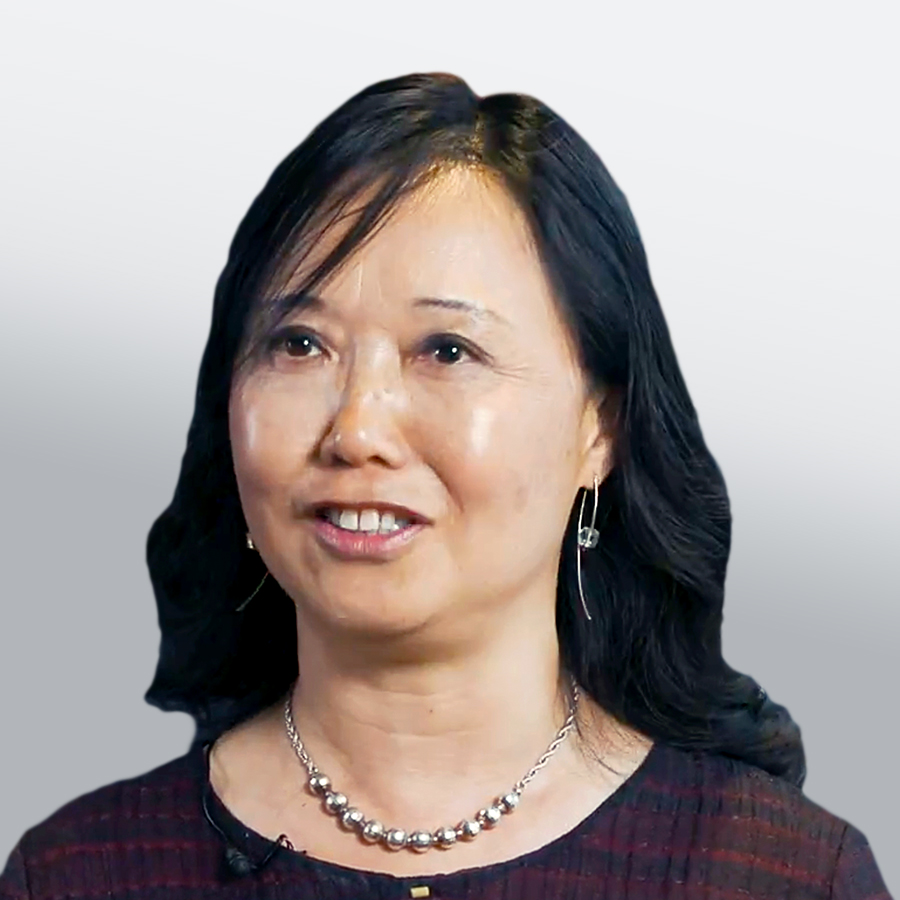Daily Discoveries
Dr. Jirong Lu, a distinguished research fellow at Eli Lilly and Company (Lilly), traces the beginnings of her career to a high school fascination with chemistry. When she entered university in her home country of China, a bachelor’s degree in chemistry was a natural fit. Her love for science later set the path for graduate school, which she finished with a post-doctoral research project in the U.S. involving the study of protein structure and function. After that, an advertisement for a new group at Lilly to optimize proteins for therapeutic use motivated her to apply for a job in the industry. She has since been at the company for 21 years.

